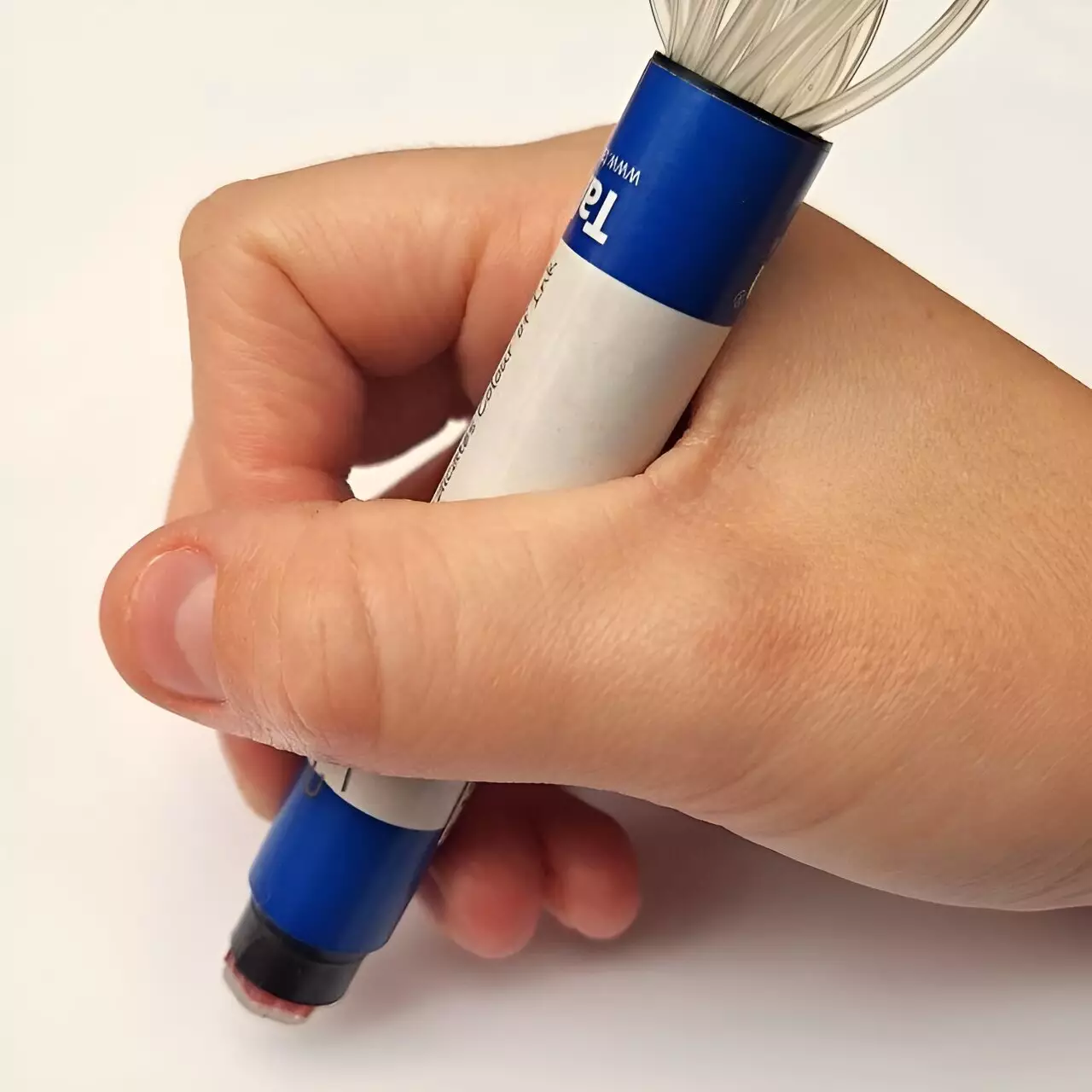Braille literacy remains a foundational skill for visually impaired individuals, yet reports indicate a troubling decline in those proficient in this tactile writing system. Recognizing this issue, a groundbreaking team at the University of Bristol has developed an innovative handheld device dubbed the Braille-tip. This tool empowers users to convert Braille into English text, representing a significant advance in the quest to enhance Braille literacy rates among visually impaired people. By understanding not just the technology behind Braille-tip, but also the context of Braille literacy’s challenges, we can appreciate its potential impact.
Understanding the Dilemma of Braille Literacy
Despite the desire expressed by many visually impaired individuals to learn Braille, the availability of resources tends to vary, especially outside larger urban areas. This disparity poses challenges for individuals seeking to gain this valuable skill. Moreover, the general decline in Braille literacy has repercussions not only for personal empowerment but also for broader social engagement. This reality underscores the necessity for inventive solutions—like the Braille-tip—that can streamline the process of learning and interacting with Braille.
The Braille-tip is a sophisticated yet compact device designed to be attached to a standard pen, housing a one-centimeter sensor capable of reading Braille with surprising precision. This technology incorporates 19 channels specifically programmed to detect the nuanced bumps that characterize Braille. Early trials have indicated that the device operates with a commendable 84.5% success rate when reading Braille passages aloud—remarkably high considering the complexity involved in interpreting tactile cues.
At the heart of the Braille-tip’s functionality lies a unique system employing fluid channels to gauge tactile information. This data is captured with a single camera that translates the tactile sensations into readable text. Importantly, the device’s algorithm functions in real time, offering predictability and ease of use that doesn’t necessitate prior training or deep learning. Such features render it adaptable and straightforward enough to provide substantial assistance to learners.
Dr. George Jenkinson, the lead researcher on the project, articulated a core aspiration of the Braille-tip: to support independent learning for visually impaired individuals. The device can be likened to a guiding hand—much like the trailing finger in traditional Braille reading techniques—which can assist learners in navigating texts with confidence. This independence not only fosters a sense of agency but also enhances opportunities for practice and improvement.
The long-term vision for Braille-tip entails ongoing refinement and testing to ensure its usability among those it is designed to assist. Dr. Jenkinson emphasizes that input from actual users will be invaluable in shaping the device’s development. By adopting a co-design approach, the developers aim to create a tool that genuinely meets the needs of its end users, significantly increasing the likelihood of adoption and positive outcomes in real-world settings.
Braille is increasingly incorporated into public infrastructure—from transport hubs to ATMs—highlighting society’s commitment to accessibility. However, individuals who are visually impaired and lack Braille literacy often struggle to fully engage with these spaces and devices. The Braille-tip presents an opportunity to bridge that gap, granting users the ability to independently practice reading Braille in real-world contexts, thereby boosting their confidence and skills.
As Braille literacy faces decline, the introduction of innovative tools such as the Braille-tip serves as a beacon of hope. By addressing the barriers to learning and engaging with Braille, this device may fundamentally alter the landscape for visually impaired individuals, enriching their interactions with the world around them. The potential for such technology to alter perceptions, practices, and standards of accessibility cannot be overstated. With further development and a keen focus on user experience, the Braille-tip may indeed play a pivotal role in revitalizing Braille literacy and fostering greater independence for visually impaired individuals.

